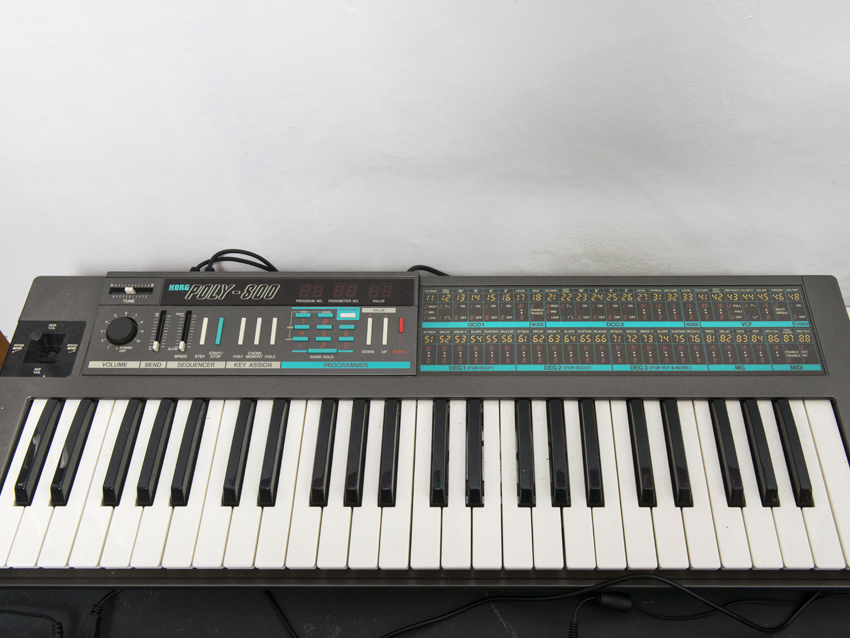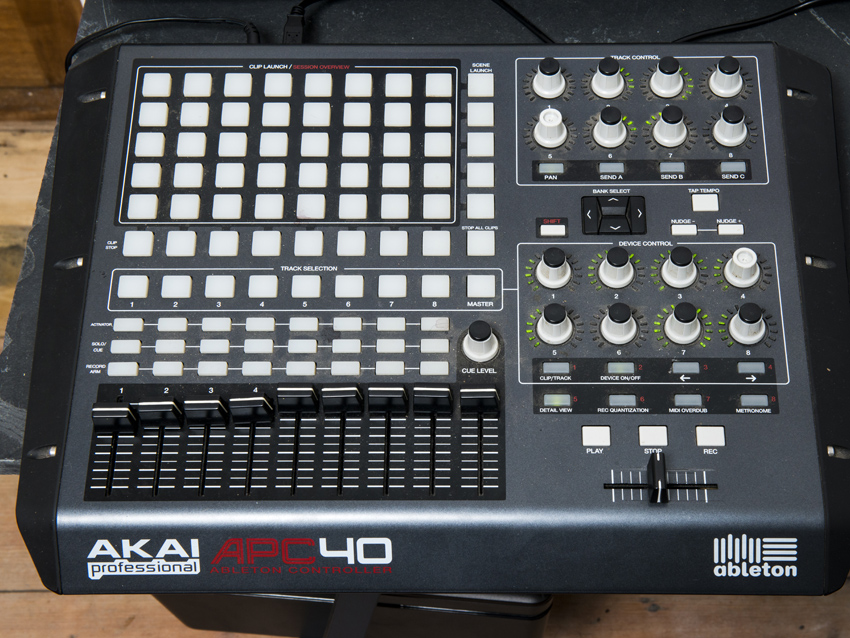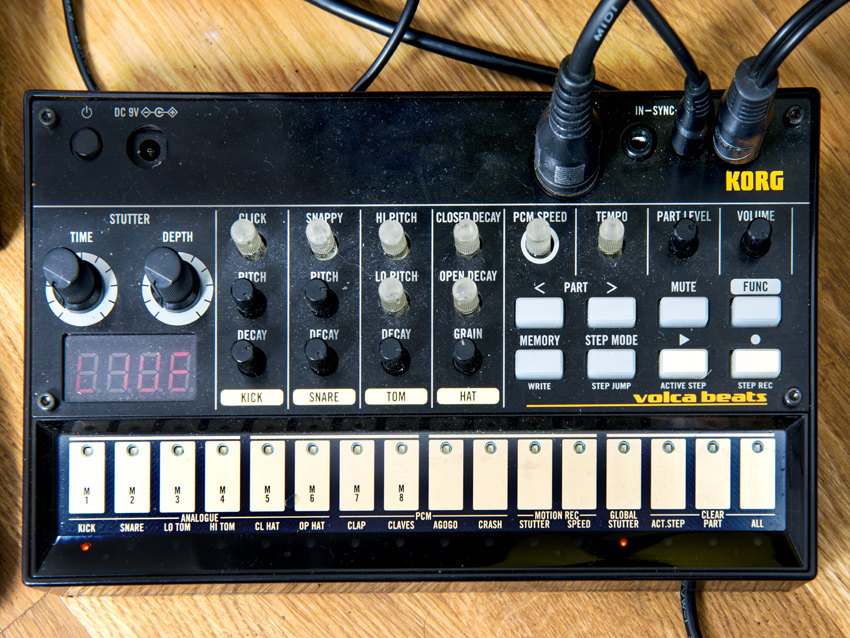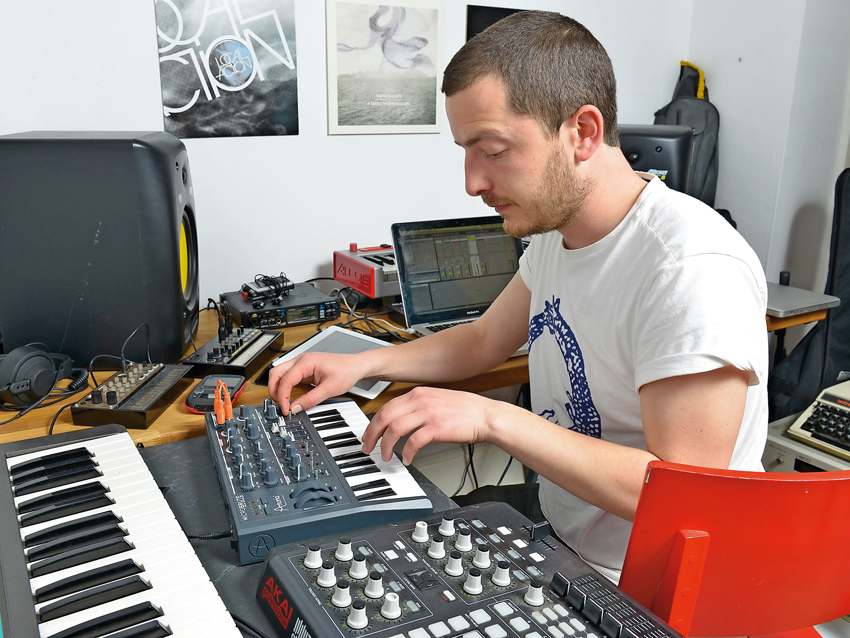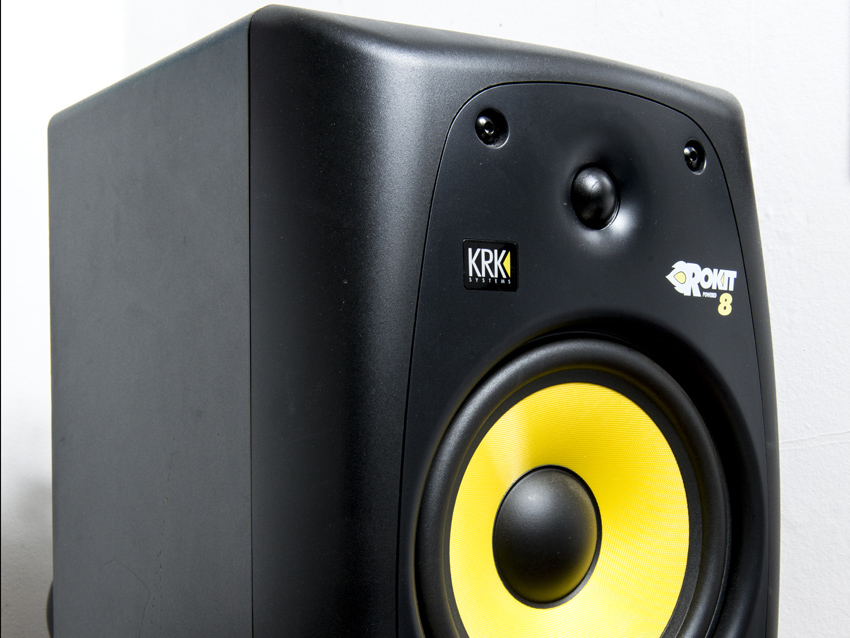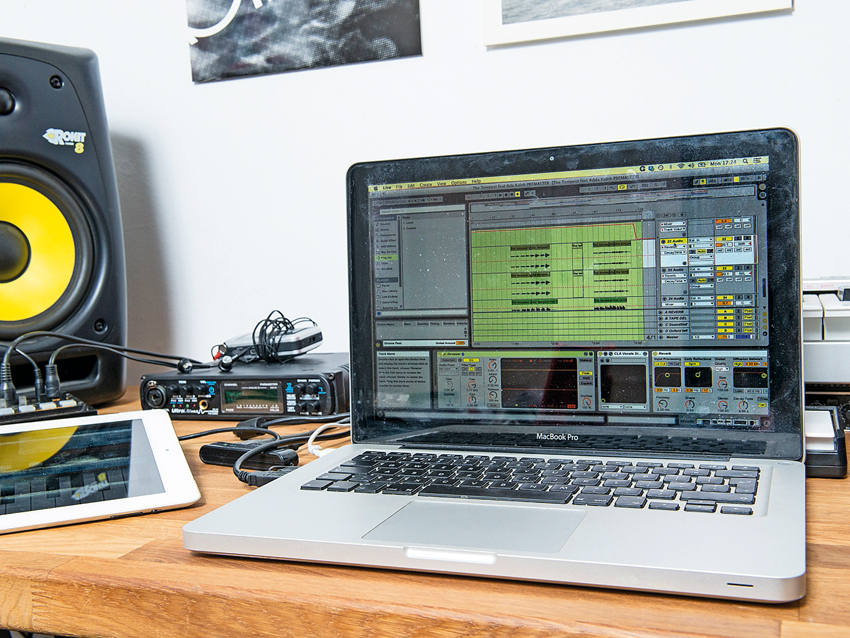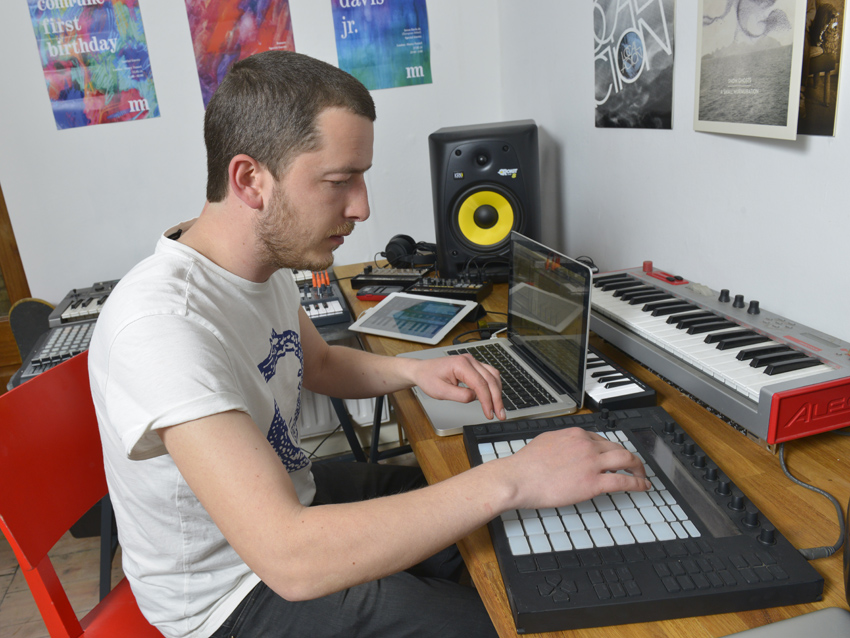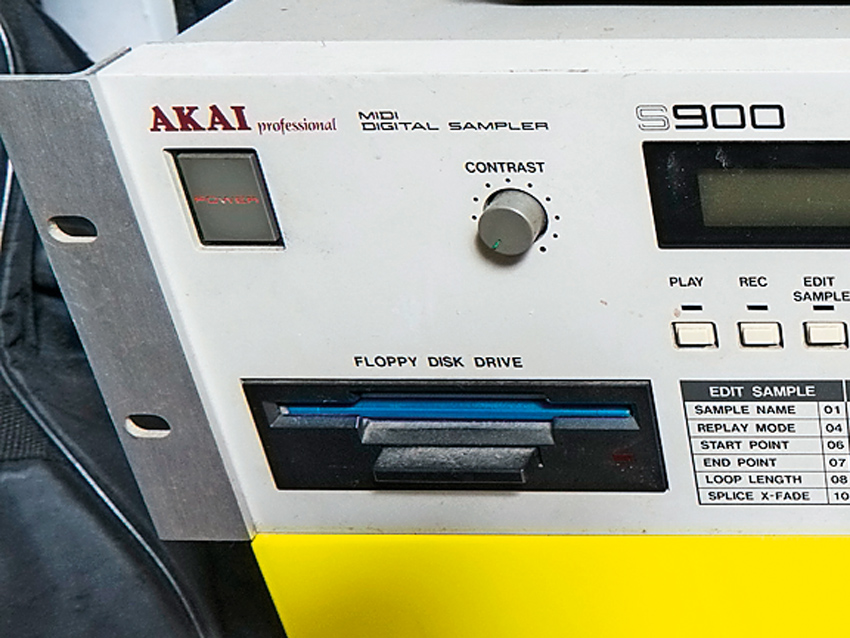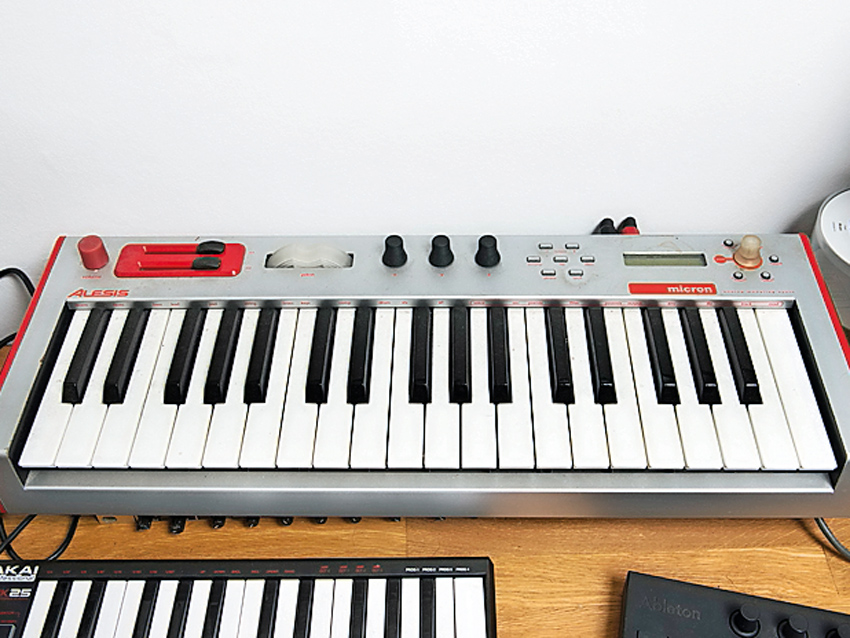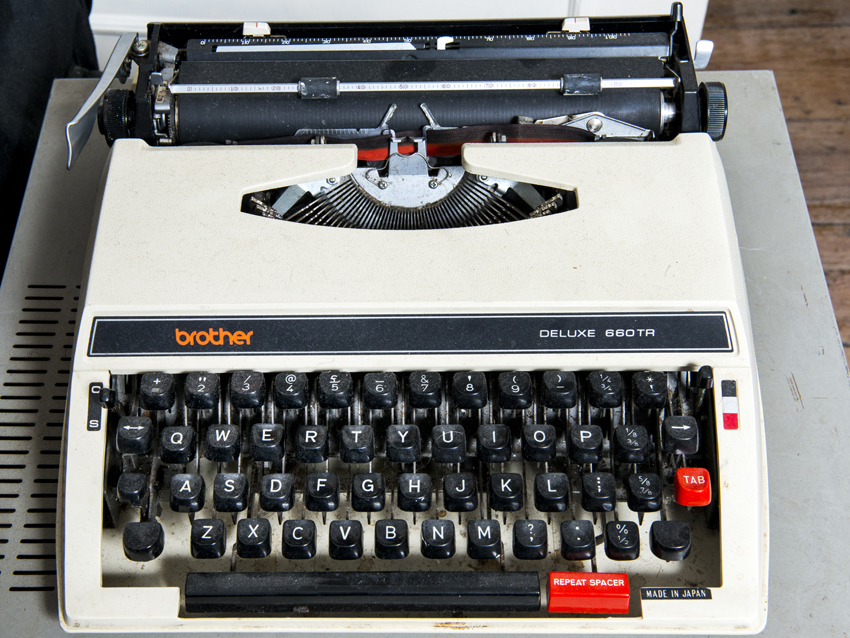In pictures: Throwing Snow's studio
Hotly-tipped sonic experimenter Ross Tones gives us the tour
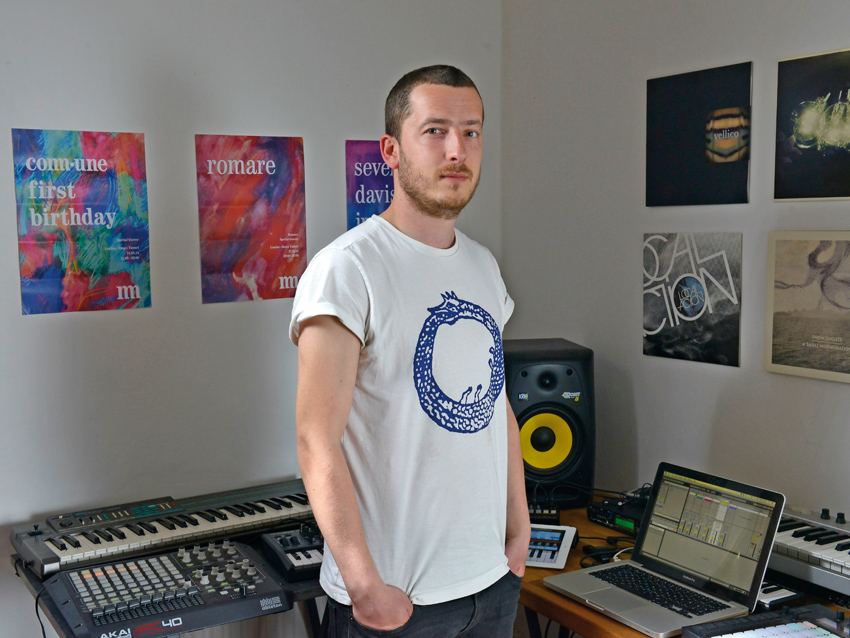
Welcome
Ross Tones is the perfect example of the ‘modern producer’. He's forged multiple paths, primarily working as an artist, but also in an A&R capacity, as a music publishing lecturer and a composer for TV ads.
Having attended the Red Bull Music Academy, learning music production alongside Four Tet and Flying Lotus, Tones emerged inspired rather than intimidated by the evolution of digital technology, eager to be at the forefront of how it would shape the industry.
As co-owner of the labels left_blank and A Future Without - and more recently his own Snowfall imprint - Tones has spent the past few years deeply involving himself in the forward-thinking end of the UK’s electronic music scene. As a producer, he has fully embraced creative technology via his own Throwing Snow project, an indescribable amalgam of influences that range from drum ‘n’ bass and dubstep to house and post-rock.
His debut album, fittingly titled Mosaic, subtly combines his influences to create a collage of disparate elements, heavily edited using binaural recording methods and experiments in 3D sound fields.
We caught up with Ross in his studio and got him to talk us through his setup.
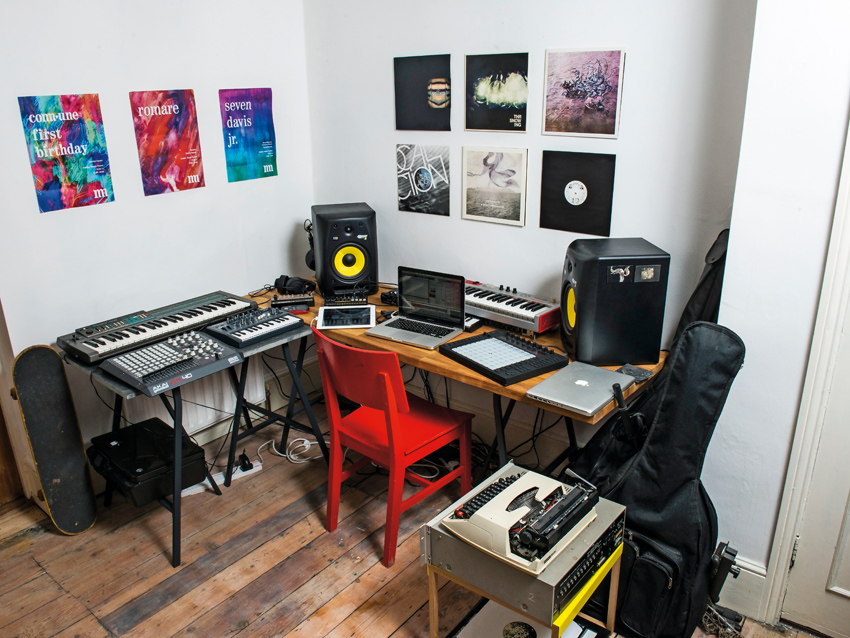
Software
“I also use [Native Instruments] Komplete and Razor quite a bit because of the enormity of the sounds you can get.
“There are a few bits that I’m going to purchase soon, like REV, which reverses instruments in real time, and another one from Soniccouture that samples things from nature and synthesises them. I’m really looking forward to getting into those.
For compression, I’ve found Ableton’s internal compression is good for me to write with, and I use the [Waves] L2 Ultramaximizer Peak Limiter plugin as well.”
Future Music is the number one magazine for today's producers. Packed with technique and technology we'll help you make great new music. All-access artist interviews, in-depth gear reviews, essential production tutorials and much more. Every marvellous monthly edition features reliable reviews of the latest and greatest hardware and software technology and techniques, unparalleled advice, in-depth interviews, sensational free samples and so much more to improve the experience and outcome of your music-making.


